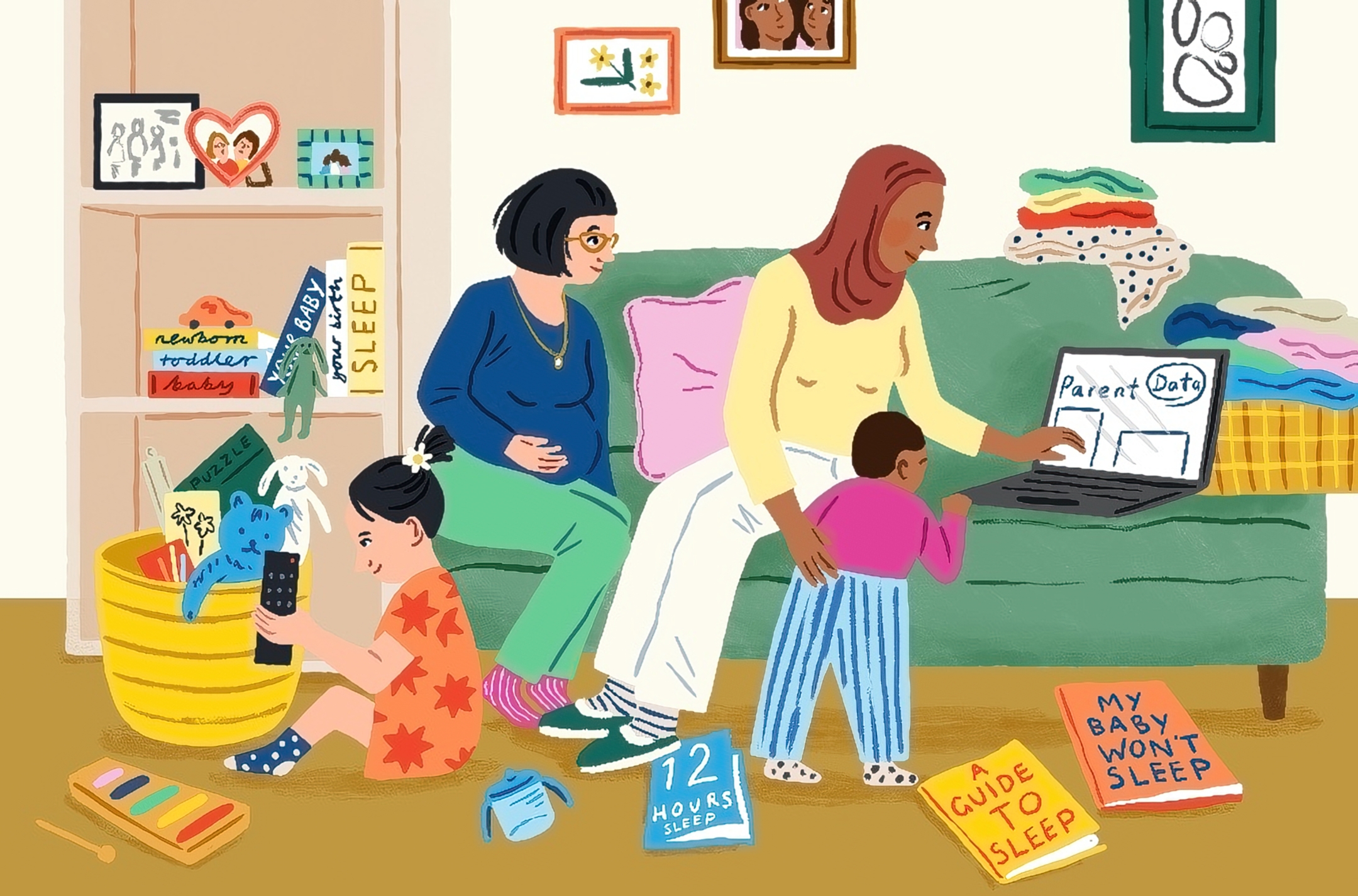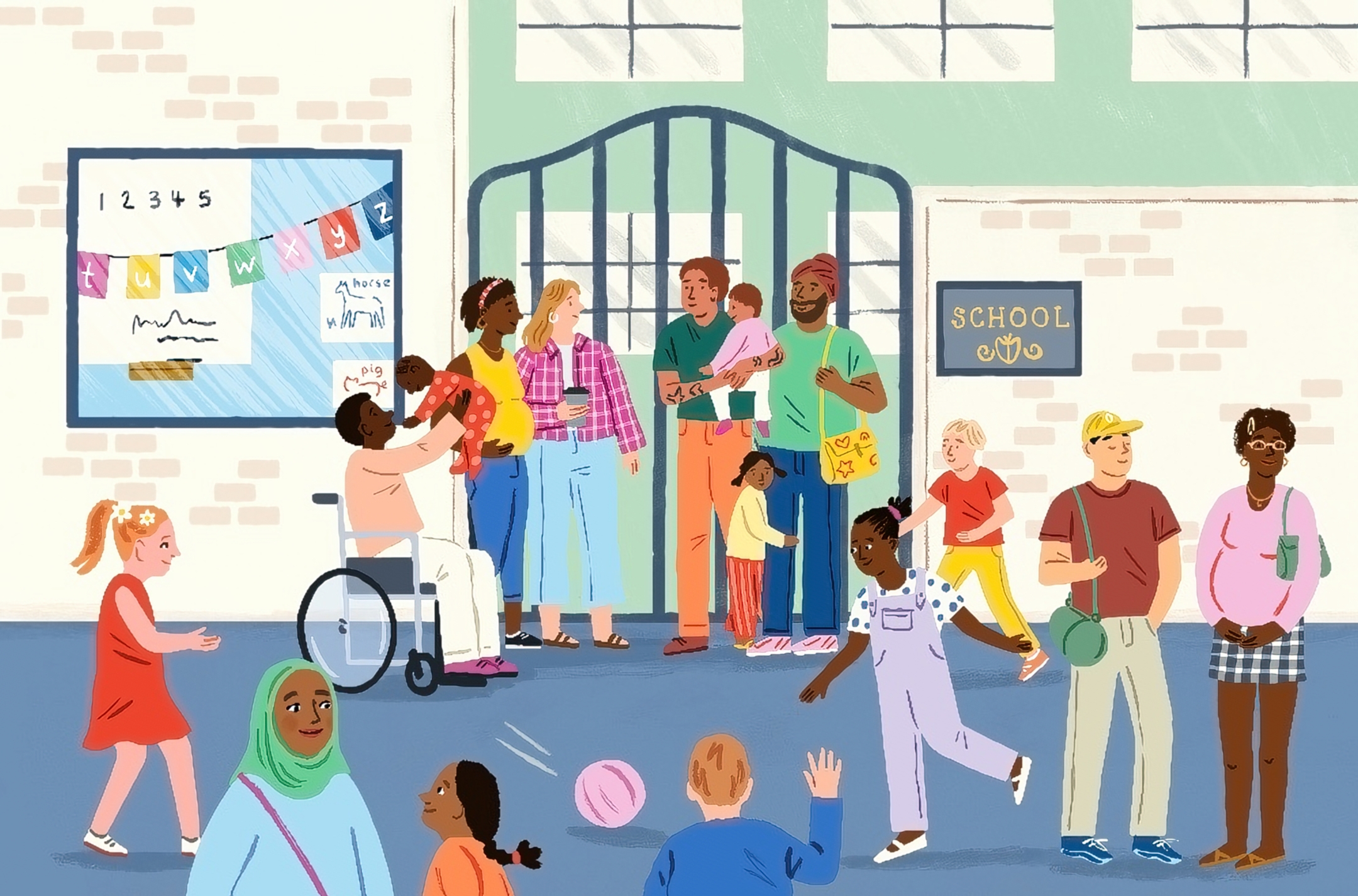I take care of a lot of couples in my practice. In most cases, they come separately as their schedules allow. But a few couples always come together and request to be seen at the same time. I have seen one of these couples for nearly a decade. I have cared for them each through a pregnancy. When I saw them recently, they joked that after two decades together, their relationship was experiencing its biggest challenge yet — they were both in perimenopause.
I asked them each about their symptoms, and we discussed treatment options. One of them asked if there was any research regarding menopause among women who identified as LGBTQ+. She had read about some theories that women of color experienced more symptoms and especially more mood and sleep symptoms during perimenopause. Does this, she wondered, extend to people in the LGBTQ+ community?
What does the data show?
A study looking at the experiences of LGBTQ+ women was recently published in Menopause. (Note: I am using the word “women” here because that was the focus of the study.) The authors hypothesized that lesbian and bisexual women would experience menopause earlier than their heterosexual peers and that they would experience more symptoms during the perimenopausal transition. They, like my patient, thought that minority stress theory — the idea that LGBTQ+ individuals experience social and systemic stressors that may lead to increased mental illness — could also explain poorer health outcomes among LGBTQ+ women.
The authors used data collected as part of the Nurses’ Health Study II (NHSII), a longitudinal registry study that enrolled female nurses between the ages of 22 and 44 beginning in 1989. The NHSII investigators have collected data regarding a number of health metrics, including menopause and perimenopausal symptoms, over the past 30 years. Remarkably, nearly 90% of the original participants were still actively participating after 30 years. In two years, 1995 and 2009, the survey included a question regarding sexual orientation. The possible responses were “heterosexual,” “bisexual,” “lesbian, gay, or homosexual,” and “prefer not to answer.”

Using the NHSII data, the authors of the recent study identified more than 73,000 women for whom there was both data regarding sexual orientation and who had experienced natural menopause. What they found was that women who identified as homosexual or bisexual experience menopause at the same age on average as the women who identified as heterosexual.
However, the women who identified as homosexual reported experiencing more perimenopausal symptoms and more severe symptoms than the women who identified as heterosexual. There was no difference in the frequency or severity of perimenopausal symptoms between women who identified as bisexual and those who identified as heterosexual.
How helpful is this data?
Longitudinal studies like this one are the best way to understand the experiences of different populations. They are also difficult to conduct effectively. It is challenging to get participants to stay engaged over many years. Getting tens of thousands of women to participate in a longitudinal study over 30 years and keeping nearly 90% of them engaged over that entire time is quite a feat. This is an incredible dataset. For this reason, researchers love to mine it for information regarding women’s health.
While this is a large and lengthy study, it had several limitations. For one thing, the participants were asked about a very limited number of symptoms, specifically hot flushes and night sweats, collectively referred to as vasomotor symptoms. However, we now recognize many more symptoms of perimenopause. And the Study of Women’s Health Across the Nation (SWAN) found that women of color have more mood changes and sleep disruption during perimenopause. It would be helpful to have data regarding these types of symptoms among LGBTQ+ individuals.
Additionally, we currently recognize many more individuals as part of the LGBTQ+ community, not just those who identify as homosexual or bisexual. We cannot apply this data to those individuals. We would like to better understand their perimenopausal experiences too. As well, the number of women who identified as homosexual or bisexual was small, just about 700 and 300, respectively, of the more than 72,000 women included in the analysis.
Finally, all the women enrolled in NHSII were working as nurses at the time they were enrolled. As a result, they are a homogeneous group. The women included in this analysis were largely white. They also all have similar education levels and income levels. We know from SWAN analysis that lower education level and lower income are associated with increased mood changes during perimenopause and with worse health outcomes generally. I would like to have data from a more diverse group of LGBTQ+ individuals to more fully understand their experiences of perimenopause.
How does this inform my practice?
Despite the limitations of this study, it does inform my practice. Research like this can help me ask the right questions of my patients, identify those people who are having symptoms, and treat those symptoms proactively. Firstly, I am reminded to ask all people born with ovaries about possible perimenopausal symptoms during midlife. While this study didn’t ask about mood changes, the authors’ discussion of minority stress theory brings to my mind the importance of asking my patients about their mood symptoms. I am also reminded of the importance of asking not just about the frequency but also the severity of symptoms.
One thing that the research into the perimenopausal experience has gotten right is that it has included a wide variety of individuals. Researchers continue to work to understand how socioeconomic status, education, race, and sexual orientation affect an individual’s perimenopausal symptoms and future health. There are gaps in the data. There are questions we wish we could go back 20 years to ask, and there are people we would have liked to include. However, each study adds to our understanding of the perimenopausal experience and helps doctors like me provide more effective care for all of our patients.
The bottom line
- Women who identify as homosexual or bisexual have menopause at the same age on average as heterosexual women.
- Women who identify as homosexual have more frequent and more severe hot flushes and night sweats than women who identify as bisexual and heterosexual.
- We still need more research regarding the perimenopausal experiences of LGBTQ+ individuals that includes individuals of all socioeconomic statuses, education levels, and races.
















Log in
Good grief. This post exemplifies the chaotic thinking around these issues. What possible scientific reason is there for lumping LGB women in with T people when we’re talking about menopause? The lesbian experience of menopause will be fundamentally the same experience that heterosexual women have, albeit with the possibility of interesting confounders (see below), but the experience of transmen will be so different as to be on a different planet! How can we trust the medical knowledge of someone who puts these people in one category?
Relatedly, why come at the question of the lesbian experience of menopause with a politically based hypothesis from the start? Sure, “minority stress theory” has been posited to exist and probably makes some sense, but why not start with a hypothesis that lesbians experience menopause differently (if they do) because of different rates of childbirth/nursing, different exposure to hormonal birth control?
The medical profession wonders why they have lost trust recently, but can’t see the overpowering political influence affecting their scientific reasoning.